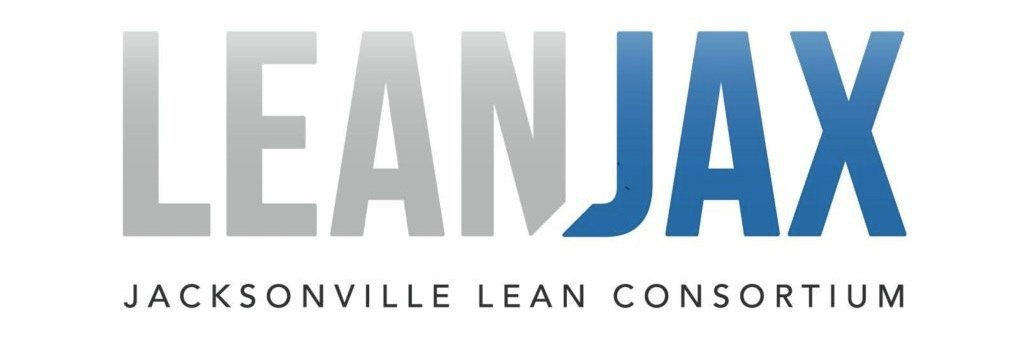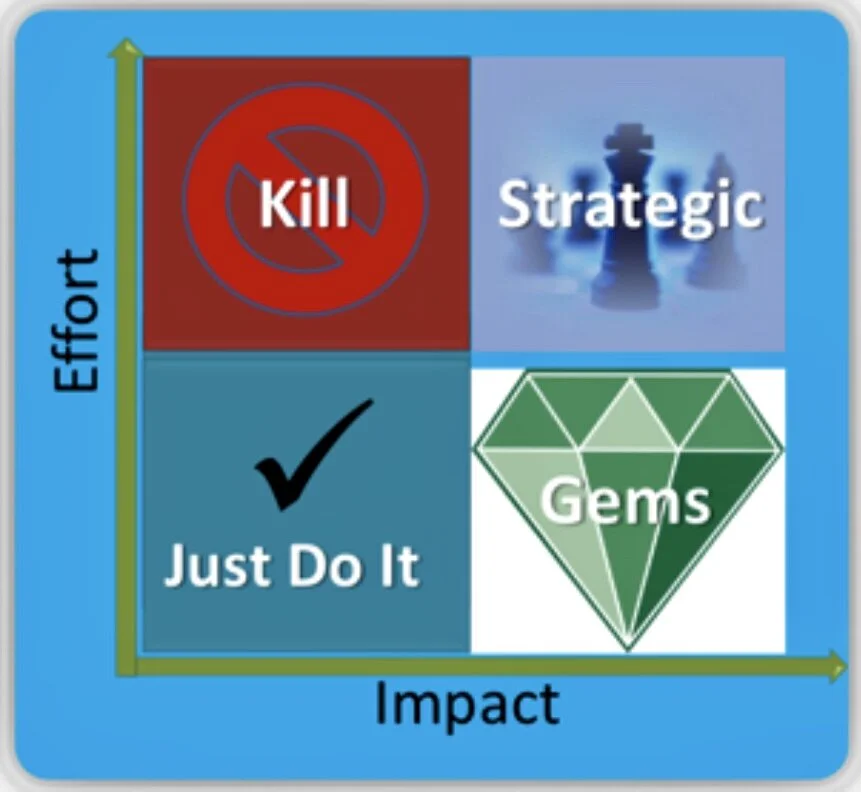Lean Bright Ideas System
Lean Bright Ideas System
For Lean transformations to achieve sustained excellence, it’s critical for organizations to mobilize everyone in waste elimination. The most successful Lean organizations understand that the people who do the work and have direct experience with the process are best equipped to raise issues and drive improvement every day.
The Lean Bright Ideas System is a vital element of both visual management and the Lean operating system as whole. The system offers a simple, effective, low cost way to get employees at all levels actively engaged in continuous improvement, while ensuring improvement activities are aligned with the organization’s key strategies.
This system also shows respect for people—as the organization invests in the development of its employees by creating a standardized way for everyone to experiment, remove frustration, collaborate, and continuously improve their work for the benefit of the customer.
The Lean Bright Ideas System’s core objective is to foster an environment where everyone can quickly and effectively use the scientific method and A3 Thinking to systematically surface reoccurring problems and solve each one at its’ root cause. In other words, Bright Ideas helps workers identify waste and the resulting gaps between the current state and the target condition, while continuously working to bridge these gaps.
Many Lean transformations fail to reach their lofty expectations because continuous improvement activities are done TO the people, rather than WITH the people. The Lean Bright Ideas System is an enabling strategy that will help unlock the knowledge and creativity of workers to forge the foundation of a disciplined, continuous improvement culture.
How does it work?
James’s 2020 template.
How to Implement Lean Bright Ideas
Select department to pilot the Lean Bright Ideas System.
Select 4-5 “KRAs” that represent organization’s mission and purpose and select a different color for each KRA. The Bright Ideas System focuses on spotting, surfacing, and solving reoccurring problems that negatively impact these KRAs.
3. Sponsor hold awareness meeting with Team Members to communicate the implementation of Lean Bright Ideas System.
A. What is it?
B. Why?
C. What’s the expectation?
D. What’s in it for me?
E. How does it work?
F. When?
4. Team Members fill out cards (stickies or index cards) that include their improvement idea on them and place it in the Incoming column. Each card should include:
A. Date Submitted
B. Team Member Name & Initials
C. Waste(s) Identified
D. Improvement idea
E. Benefits/Risks
F. Sponsor Name
G. Review Date
H. Approved?
I. Sponsor’s Initials
5. The Sponsor must move each Incoming card to the Selection column, review the card, and make decision within 48 hours (whether to proceed or not and why?)
A. The organization should create standard work for this decision-making process so it doesn’t become arbitrary.
B. Consider the following:
✅ Why does this problem deserve time and resources?
✅ How does this problem affect organizational priorities?
C. Effective decision-making criteria involves a cost/benefit/risk analysis. Here are two examples:
6. It’s helpful to involve additional leaders with authority/responsibility over the area to collaborate with the Sponsor when reviewing each submission. The Sponsor can take three different courses of action:
A. Move card from Selection to Active (Approved) column and assign for implementation by initialing and circling “approved.” The Sponsor should add written notes on the back of the card should document the plan and actions required for implementation.
B. Move card from Selection to Parking Lot (Approved). These cards include approved improvement ideas, but due to project prioritization, current resources, and/or WIP limits, their implementation postponed to a later date. The Sponsor must state the reason for postponement on the back of each card and speak with the Team Member about the decision. This will ensure that there is a clear structure for monitoring the system
C. Write reasoning for rejecting idea on the back of card and return the card to the Team Member. The Sponsor should thank the Team Member for the submission and articulate why it was rejected.
7. Sponsor conducts concise huddles with Team Members two (2) to three (3) times per week to review and discuss the cards. A visual with pictures of each project and/or implementation scorecard should be placed next to board (If Team Members fill out an A3 during project, it could make sense to add an additional “Wall of A3s” next to the Lean Bright Ideas Board.)
8. Team Members use the DMAIC process and analytical tools such as Five Whys, Fishbone, and Pareto to analyze and solve the identified problems and implement countermeasures.
9. As the proposed improvements on the cards are implemented, the Team Member or Sponsor moves the card to the Completed column and the Sponsor updates the scorecard with implemented improvements.
10. Sponsor covers the status of the process at least once a week in huddle to celebrate completed improvements and discuss active ones in pipeline.
Lean Bright Ideas Boards Columns
1. Key Result Area (KRA)
Each organization should decide on the KRAs that fit best in its’ culture (i.e., Safety, Quality, Productivity, People Development, etc…). Lean Bright Ideas Boards can serve as an extension of an organization’s overall Strategy Deployment system. Each idea may represent more than one (1) KRA. In this scenario the Team Member should select the color card that he/she believes the improvement idea will most significantly impact.
2. Incoming
The column where the Team Member places each filled-out card.
3. Selection
Two (2) to three (3) times per week, Sponsor reviews newly submitted cards and either moves them to the Active (Approved) or Parking Lot (Approved) columns.
If the idea is rejected, the Sponsor must explain the reasoning on the back of card and speaks with the Team Member.
The Sponsor must review each card, formulate a decision, and inform the Team Member within 48 hours of the cards’ submission.
4. Active (Approved)
This is the column that houses the cards that the Sponsor initialed/circled approval. These cards represent the improvement projects Team Members are currently working on (WIP).
5. Completed
Completed projects are moved into this lane. During the period when this system is new, you may decide that the Team Member should review card with Sponsor prior to moving card here, but once the system is more mature, it’s beneficial to allow the Team Member to move the card without prior authorization.
6. Parking Lot (Approved)
These cards include approved improvement ideas, but due to project prioritization, current resources, and/or WIP limits, are postponed to a later date. The Sponsor must state the reason for postponement on the back of each card and speak with the Team Member about the decision.
WIP Limits
Based upon organization’s capacity/resources. You may want to cap number of suggestions per week per KRA to ensure improvements are all timely implemented.
Color-Coded Stickers
Green = on-schedule and no bottlenecks.
Yellow = May fall behind and/or anticipated bottlenecks.
Red = behind schedule and or/unanticipated bottlenecks.
Lean Bright Ideas Tips
❇️ Organization sets tangible goals; selects and measures impactful metrics. Strategy Deployment is an effective method to establish this criteria.
❇️ 8 Wastes identification spurs improvement suggestion cards.
❇️ Team Members follow the DMAIC process and capture their improvements on A3s.
❇️ Sponsors/Team Members practice discipline and accountability in reviewing submissions and implementing improvements.
❇️ Executive Leadership supports, offers recognition to, and celebrates the success of Team Members.
❇️ Sponsors and Team Members meet often to discuss and continuously improve system.
❇️ Lean Bright Ideas System should be a part of performance reviews serve as way for workers to advance in organization.








